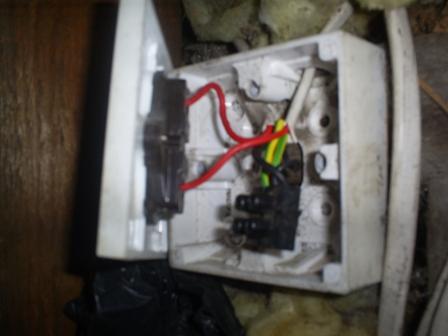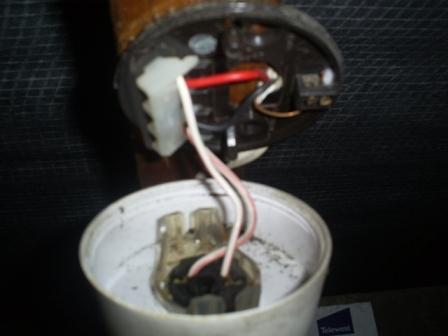I currently have a conventional pendant-style light in my loft, which i want to replace with a fluorescent strip light (already purchased).
Having looked at the existing wiring, I'm puzzled to find there is only one twin & earth cable going into the ceiling rose, which comes from the switch. I was expecting two cables - one from the switch and another carrying the electricity supply. I have attached two photos - one showing the switch and the other showing the rose.
Is anyone familiar with this type of set-up? And am I correct in assuming that if it can be kept that way for the new strip light, all I need to do is connect the existing cable (from the switch) to the terminal block in the strip light? No other wiring required?
Thanks for any advice.
Having looked at the existing wiring, I'm puzzled to find there is only one twin & earth cable going into the ceiling rose, which comes from the switch. I was expecting two cables - one from the switch and another carrying the electricity supply. I have attached two photos - one showing the switch and the other showing the rose.
Is anyone familiar with this type of set-up? And am I correct in assuming that if it can be kept that way for the new strip light, all I need to do is connect the existing cable (from the switch) to the terminal block in the strip light? No other wiring required?
Thanks for any advice.




